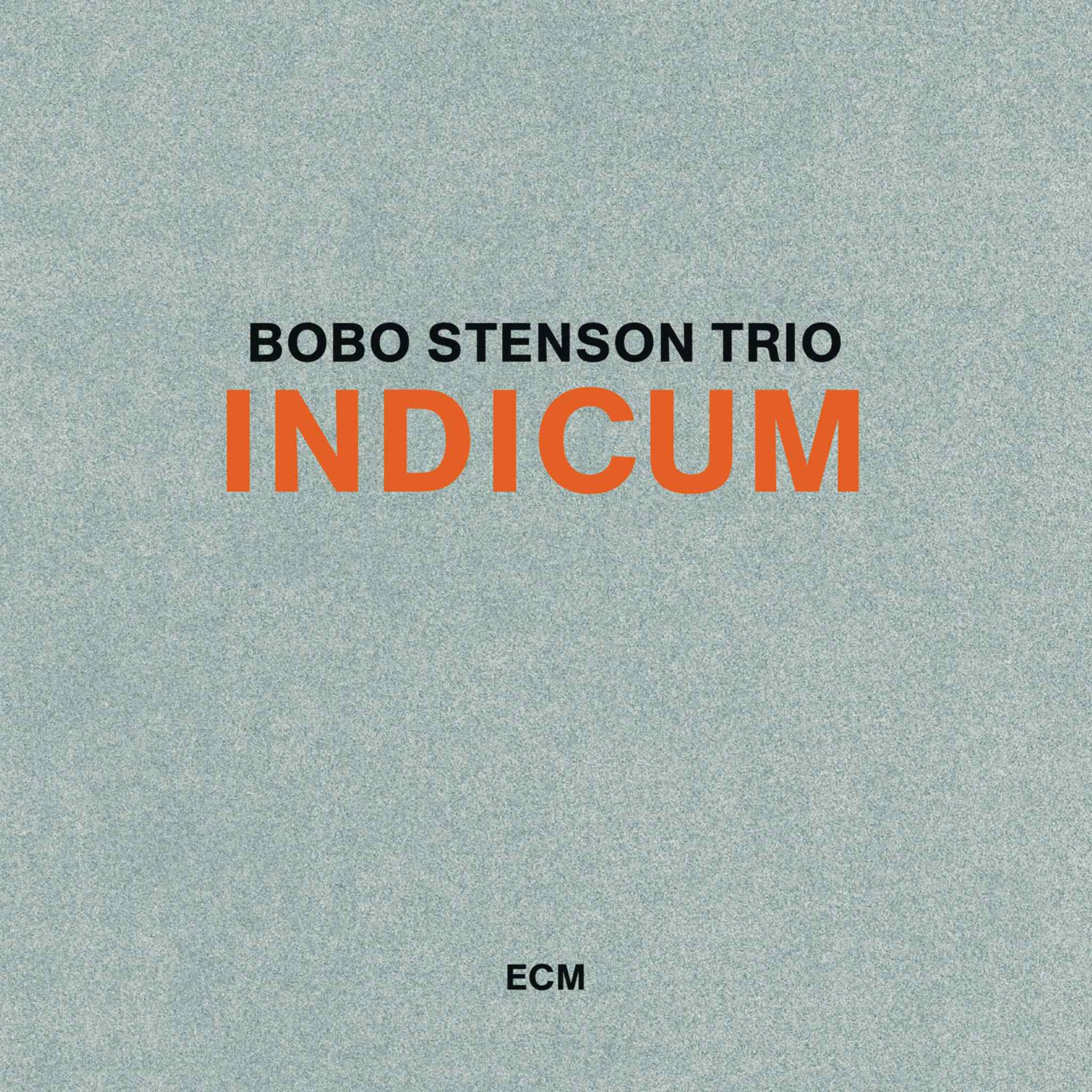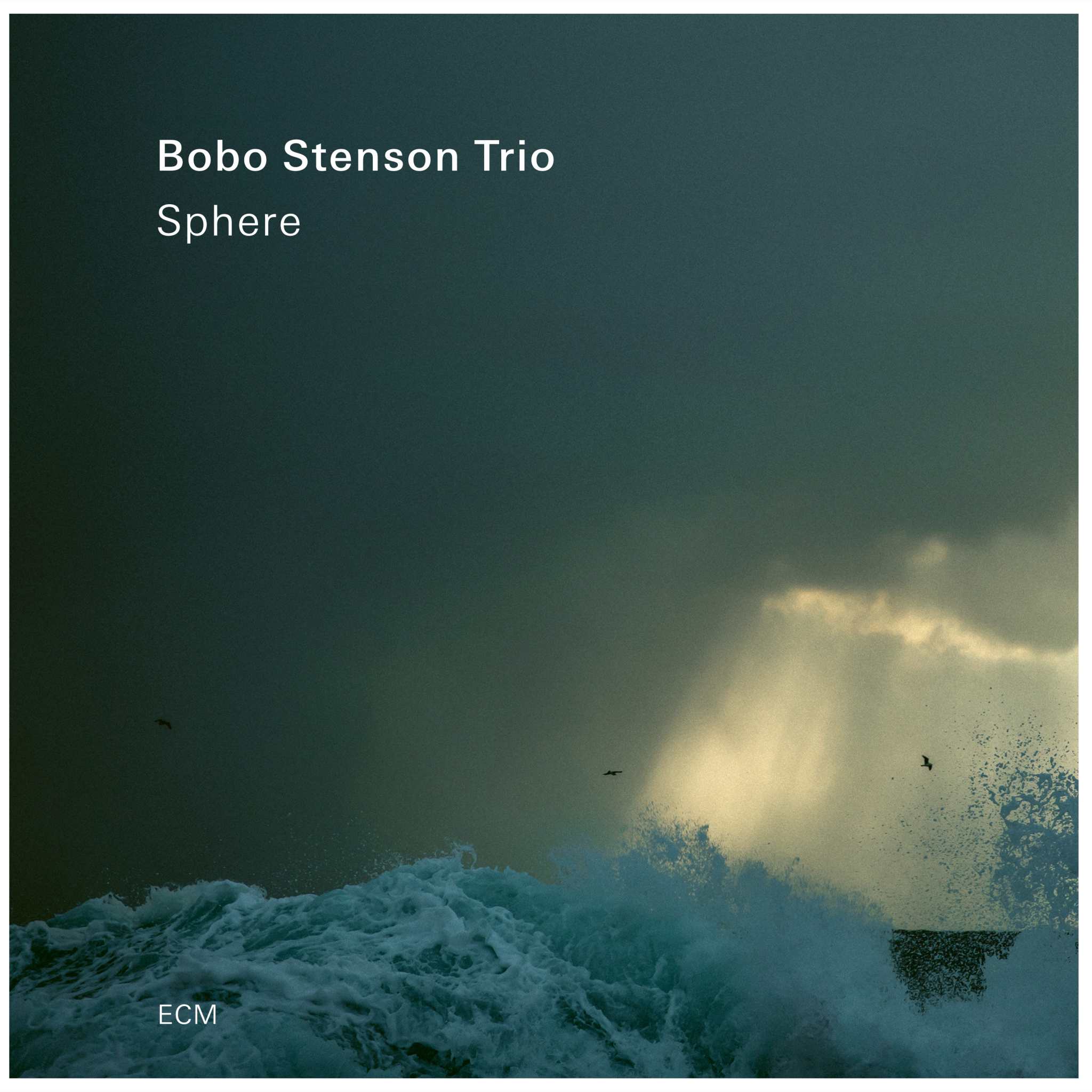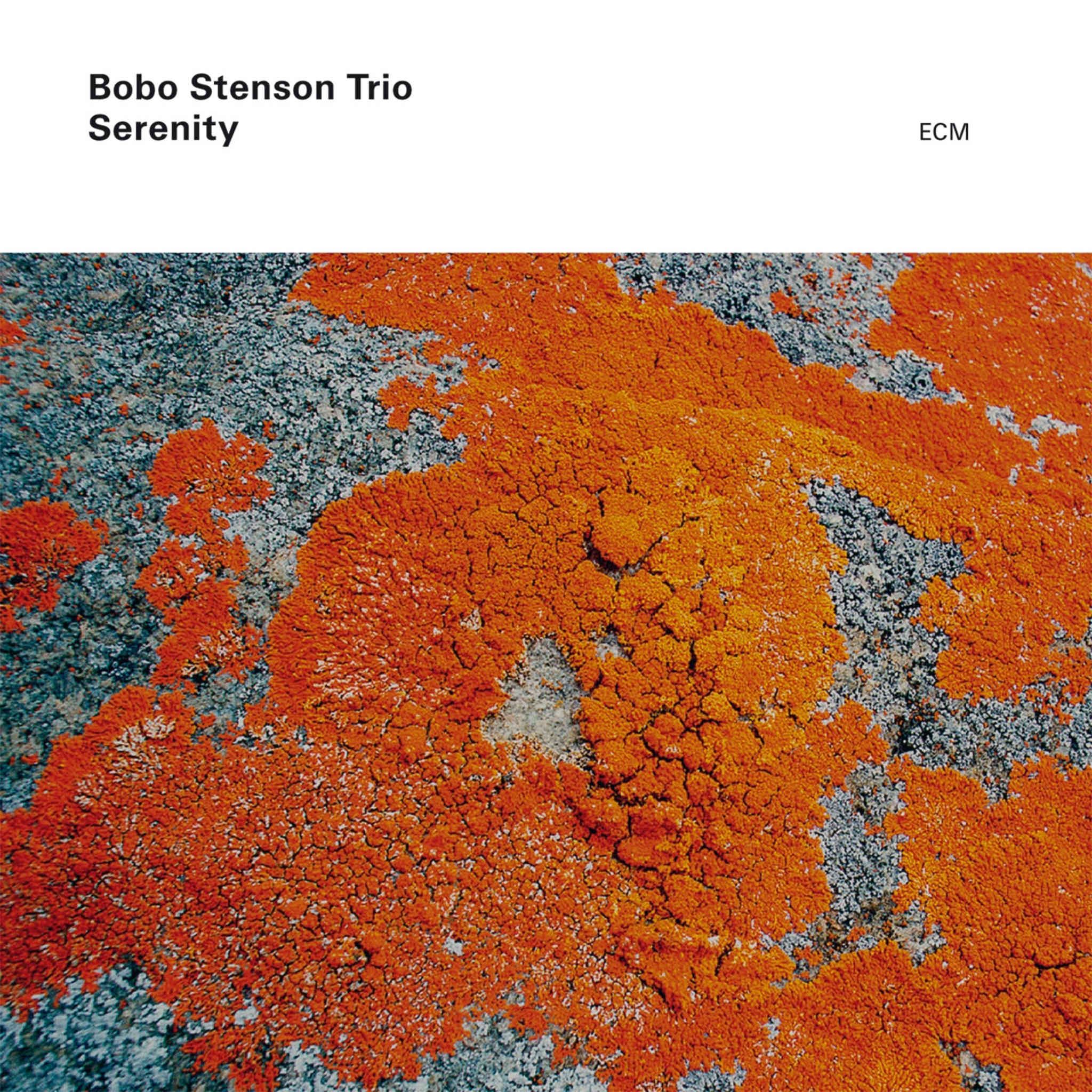Album insights
The Gregorian chant serves to elevate the text with added solemnity, originating from the Mozarabic liturgy of the 10th century. It is classified as a Lydian melody by the Solesmes dogma, although it is technically Ionian. The chant propels the physical aspect of procession during litany while coloring the lamenting plea of Lent. Noteworthy in this hymn is the use of two consecutive perfect fourths that appear with significant effect not less than 11 times. Since the 19th century, this song has resonated with Anglicans and Catholics alike, prominently featured in the English Hymnal of 1906 as "A Lent Prose."
During his tenure as Master of Music at Westminster Cathedral from 1947 to 1959, George Malcolm championed a "continental" sound that remains identifiable in the choir's core repertoire. Malcolm's rendition of Miserere mei, Deus, an alternative setting of Psalm 51, embodies the Ash Wednesday liturgy centerstage. The piece toggles between upper and lower voices, blending the unadorned Cantus with Malcolm's rich polyphonic expansion, culminating in an impressive concluding Gloria Patri.
Missa Emendemus in melius by Palestrina, released in 1594, coinciding with the composer's passing, was crafted based on an unknown motet. The mass style suggests a concise, harmonically tight original, with a standout moment in the second Agnus Dei where the structure expands from four to five voices, featuring a skillfully executed quintal canon between bass and second tenor – where artful complexity conceals within artistry.
George Malcolm, a skilled harpsichordist, conductor, and choir director, showcased his extensive knowledge of Early Music. In his grand arrangement of Scapulis suis for the First Sunday of Lent Mass, he imbued the Continental late Renaissance polyphonic style with a touch of 20th-century modal nostalgia. A similar modal character echoes in the organ harmonizations of Gregorian chants utilized in daily liturgy at Westminster Cathedral.
Audi, benigne conditor, in the Dorian mode, stands as an Office hymn for Vespers on the First Sunday of Lent, bearing an emotionally stirring melody fashioned with an economical tonal range of just five pitches.
Giovanni Croce, overshadowed by his contemporary Giovanni Gabrieli despite his tenure at San Marco in Venice, navigated through the early Baroque era, upholding ties to the ancient Venetian music tradition. Embodying a spirit of humility, Croce's sacred music shines through deliberate text setting and formal harmonic coherence, exemplified in works like In spiritu humilitatis, with its reverent use of accentuated passing tones invoking devotion to God ("Domine Deus").
The same reverence is witnessed in David Bevan's setting of the Magnificat Tone 4, where Renaissance music acts as the structural underpinning from which post-Romantic ecclesiastical harmonies bloom vibrantly.
Colin Mawby's musical journey began as a choirboy under George Malcolm at Westminster Cathedral. Playing varied roles until becoming Master of Music from 1961 to 1976, Mawby's makkaronic anthem Iustus ut palma skillfully intertwines English and Latin texts, mirroring the seamless interplay between choir strands, baritone soloist, and organ. The cathedral's grand organ, constructed between 1922 and 1932 by Henry Willis III and later maintained by Harrison & Harrison in 1984 and 1996, serves as the cornerstone of musical liturgy, illustrating its grandeur in accompanying ancient melodies.
Mass IX ("Cum jubilo") embodies one of the gems in the Kyriale crown, perfectly mirroring the liturgical framework with its Dorian Kyrie from the 12th century, Mixolydian Gloria, and Lydian Sanctus and Agnus Dei.
George Malcolm's Veritas mea resides in an atavistic sonic realm, rooted in Neorenaissance modalities, encapsulating Bruckner's church harmonies transformed into a style of profound sincerity.
Credo IV, originating from the 15th century rather than its more renowned counterpart, Credo III from the 17th century, unveils a unique compositional hand during the climax, depicting the Resurrection through a temporary octave expansion. Serving as a statement of faith, Credo IV exemplifies an evident adaptation of an ancient melody, aligning with the early modern preference for word painting.
Robert Parsons, renowned for his mysterious drowning in his mid-thirties and the creation of the monumental five-voice motet Ave Maria, is speculated to have been Catholic. Possibly composed in support of Mary, Queen of Scots, during her arrival in England in the late 1560s, the motet's gradual ascent in the first six treble entries exudes definitive determination, especially in the majestic extended "Amen."
Similar to Parsons' Ave Maria, Francisco Guerrero's five-voice Marian motet Ave virgo sanctissima from the 1560s showcases the passionate Iberian flair of Spanish Renaissance music. Guerrero's inventive use of a canon between the top two voices and his imitation of the solemn Salve Regina chant's first four notes, triggered by the lone appearance of "Salve," stand as the work's defining moments. The motif's recurrence in the canonical upper voices, increasing in emphasis each time on the first, second, and fifth degrees of the mode, unfolds a captivating progression.
Thomas Tallis crafted two versions of the Compline hymn Te lucis ante terminum, both published in the Cantiones sacrae of 1575. The first version, like the second, exclusively polyphonically sets the middle of the three verses, with the treble voice mirroring the existing plainchant melody note for note, concluding with a graceful Picardy third cadence.
George Malcolm's harmonization of Nunc dimittis Tone 3 conveys spiritual minimalism, where the unadorned lower voices are met by the upper voices in simple three-part homophony, resolving into a tranquil unison as Simeon's soul peacefully transitions into eternal rest.






